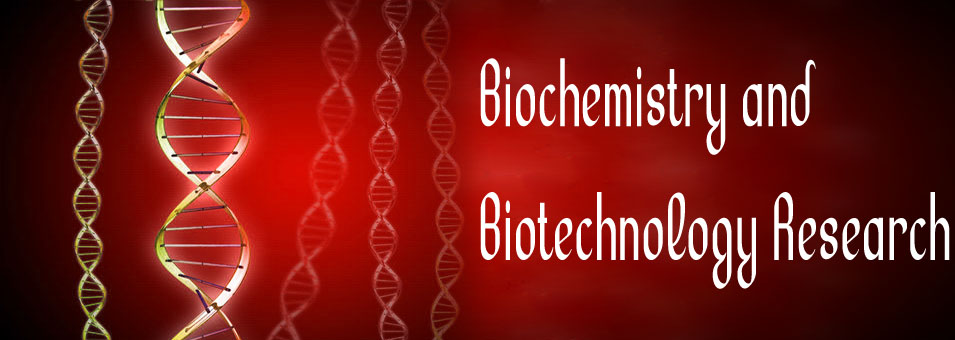Therapeutic value of camel milk as antiulcerogenic effect against ethanol-induced gastric ulcers in rats
Abdalla Elimam and Abdalla BaragobBiotechnology and Biochemistry Research
Published: July 11 2014
Volume 2, Issue 3
Pages 32-36
Abstract
This study was performed to investigate the regular treatment of oral administration of raw camel milk 5 mg/kg b.wt. on ethanol- and naproxen-induced peptic ulcer in rats. The collected samples of raw milk were kept at room temperature 25°C and examined for physiochemical parameters as well as sensory evaluation. The result obtained showed that pH of the fresh camel milk was 7.34 ± 0.2, while the acidity was 0.187 ± 0.2. In sensory evaluation, camel milk was fairly acceptable. Oral administration of camel milk in rats with ethanol-induced peptic ulcers, significantly (p < 0.0.5) lowered the amount of long ulcers, average length ulcers, index and the volume of peptic juice. The total percentage of protein significantly increased (p < 0.05), while the pH of the gastric juice value differed significantly, the healing rate was 70.65% in camel milk ranitidine treated group compared to 4.5% in ranitidine-treated rats. Finally, the same positive effect of the oral administration of camel milk was observed in rats with naproxen-induced peptic ulcers: the value of healing rate was 60.03% compared to 34.03% in ranitidine-treated rats. These results suggested a possible benefit of milk supplementation in treating peptic ulcer.
Keywords: Camel milk, ethanol, naproxen, peptic ulcer, albino rats.
Full Text PDF
